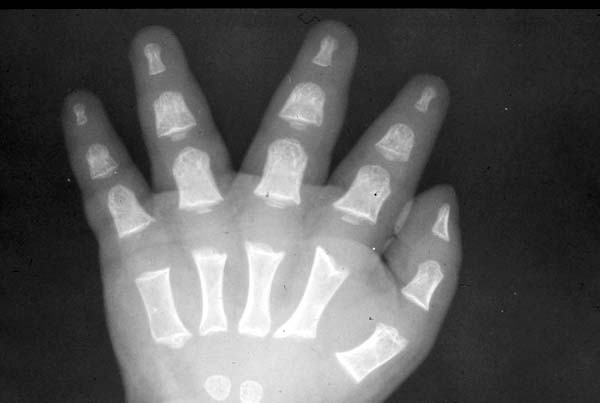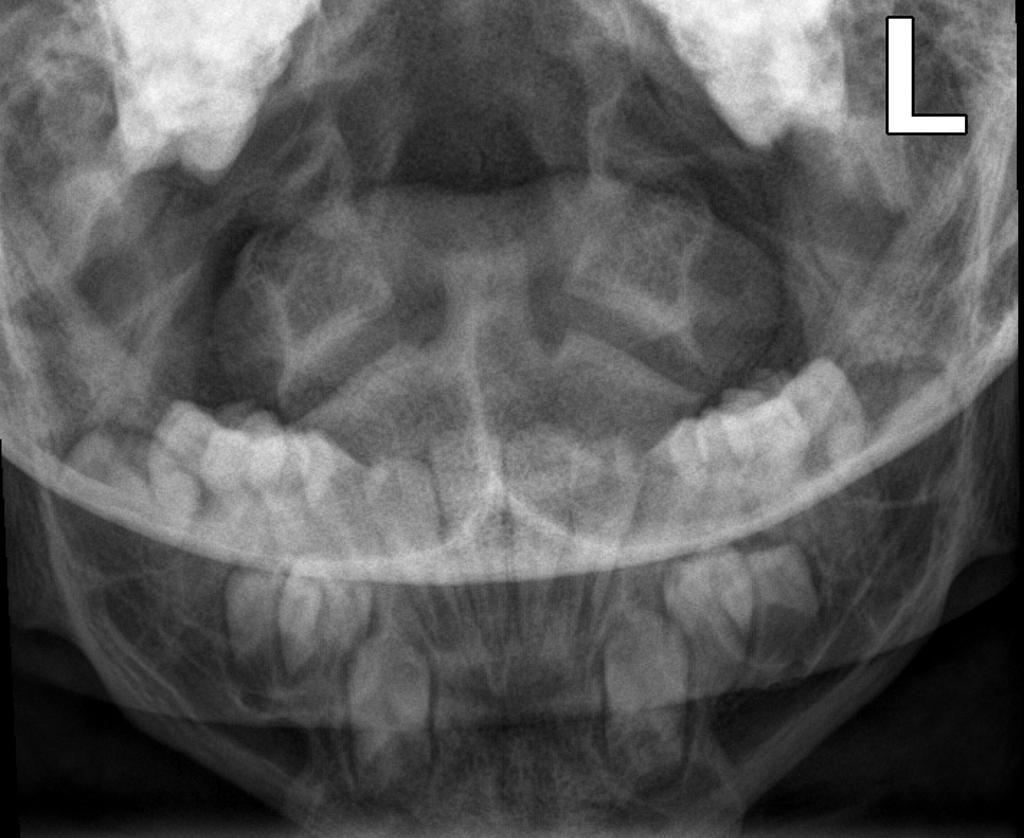Achondroplasia, often abbreviated as ACH, is the most prevalent form of dwarfism and a condition that affects bone growth. This genetic disorder results in disproportionate short stature, with individuals typically having shorter limbs compared to their torso. While it is a lifelong condition, advancements in medical science have improved the quality of life for those living with this condition. In this article, we will explore the causes, symptoms, diagnosis, and management of achondroplasia in detail.

Understanding Achondroplasia
Achondroplasia is a genetic disorder that primarily affects the development of bones. It occurs due to a mutation in a specific gene responsible for bone growth, leading to abnormal cartilage formation. This condition is present at birth and is characterized by short stature, disproportionately short arms and legs, and an average-sized trunk.
Causes of Achondroplasia
The primary cause of achondroplasia lies in a mutation of the fibroblast growth factor receptor 3 gene, commonly referred to as FGFR3. This gene plays a crucial role in regulating bone growth during fetal development. When the gene mutates, it disrupts the normal process of bone formation, particularly in the long bones of the arms and legs.
- Inherited Mutation: In some cases, the condition is inherited from one or both parents who carry the mutated gene. However, most instances occur spontaneously due to a new mutation.
- Spontaneous Mutation: Approximately 80% of cases result from spontaneous mutations, meaning neither parent has the condition. These mutations typically occur during the formation of reproductive cells or early fetal development.
How Common Is Achondroplasia?
Achondroplasia is the most common form of disproportionate dwarfism, occurring in about 1 in every 15,000 to 40,000 live births. Despite its rarity, it accounts for the majority of cases of short-limbed dwarfism worldwide. The prevalence of the condition does not vary significantly across different ethnic groups or geographic regions.
Symptoms and Physical Characteristics
Individuals with achondroplasia exhibit distinct physical characteristics that set them apart from others. These features are evident from birth and become more pronounced as the child grows. Below are some of the most common symptoms associated with the condition:
Physical Features
- Short Stature: People with achondroplasia typically have an average height of about four feet for adults.
- Disproportionate Limbs: The arms and legs are shorter in proportion to the torso, with the upper arms and thighs being more affected than the forearms and lower legs.
- Large Head Size: Many individuals have a larger-than-average head size, with a prominent forehead.
- Bowed Legs: Some may develop bowed legs due to the abnormal growth of leg bones.
- Limited Mobility: Joint stiffness and limited range of motion are common, particularly in the elbows.
Health Complications
While achondroplasia itself is not life-threatening, it can lead to several health complications that require medical attention. These include:
- Spinal Stenosis: Narrowing of the spinal canal can compress the spinal cord, leading to pain, numbness, or weakness in the legs.
- Apnea: Breathing problems, including sleep apnea, are common due to the smaller size of the nasal passages and airways.
- Ear Infections: Frequent ear infections may occur because of poor drainage of fluid from the middle ear.
- Obesity: Weight gain is a concern for many individuals, as their shorter stature means they require fewer calories.
Diagnosing Achondroplasia
Diagnosing achondroplasia involves a combination of physical examinations, imaging tests, and genetic testing. Early diagnosis is essential to ensure proper management and intervention.
Prenatal Diagnosis
In some cases, achondroplasia can be detected before birth through prenatal testing. Ultrasound imaging may reveal characteristic features such as shortened limbs during the second trimester. If there is a family history of the condition, genetic testing can confirm the presence of the mutation in the fetus.
Postnatal Diagnosis
After birth, doctors rely on physical examinations and X-rays to diagnose achondroplasia. The distinctive physical features, such as short limbs and a large head, are key indicators. Genetic testing can also be performed to identify the specific mutation in the FGFR3 gene.
Treatment and Management
There is currently no cure for achondroplasia, but various treatments and interventions can help manage symptoms and improve quality of life. The approach to treatment depends on the individual’s specific needs and the severity of their condition.
Medical Interventions
Several medical interventions are available to address the complications associated with achondroplasia:
- Growth Hormone Therapy: While growth hormone therapy is not effective in treating the underlying cause of achondroplasia, it may help increase height slightly in some cases.
- Surgical Procedures: Surgery may be necessary to correct bowed legs, spinal stenosis, or other skeletal abnormalities.
- Ventriculoperitoneal Shunt: In rare cases where hydrocephalus (fluid buildup in the brain) occurs, a shunt may be required to drain excess fluid.
Supportive Care
Beyond medical treatments, supportive care plays a vital role in managing achondroplasia. This includes:
- Physical Therapy: Exercises to improve mobility and strengthen muscles can help reduce joint stiffness and enhance overall function.
- Occupational Therapy: Occupational therapists assist individuals in adapting to daily activities and overcoming challenges posed by their condition.
- Weight Management: Maintaining a healthy weight is crucial to prevent additional strain on the joints and spine.
Psychological Support
Living with achondroplasia can sometimes lead to emotional and psychological challenges, particularly during childhood and adolescence. Counseling and support groups can provide valuable resources for individuals and families to cope with these challenges.
Advancements in Research
Recent years have seen significant progress in understanding achondroplasia and developing potential treatments. Researchers are exploring targeted therapies that aim to address the root cause of the condition by correcting the FGFR3 mutation. One promising area of research involves the use of medications that inhibit the overactive signaling pathway caused by the mutation.
Emerging Treatments
Some experimental treatments focus on altering the activity of the FGFR3 protein to promote normal bone growth. Clinical trials are underway to evaluate the safety and efficacy of these therapies, offering hope for improved outcomes in the future.
Genetic Counseling
For families affected by achondroplasia, genetic counseling provides valuable information about the risks of passing the condition to future generations. Counselors explain inheritance patterns and discuss options for family planning.
Living with Achondroplasia
Despite the challenges posed by achondroplasia, many individuals lead fulfilling lives with the right support and resources. Adaptations in the home, workplace, and community can make daily activities more accessible. Advocacy organizations also play a critical role in raising awareness and promoting inclusivity for people with the condition.
Education and Awareness
Raising awareness about achondroplasia helps combat misconceptions and fosters a more inclusive society. Educational initiatives aim to inform the public about the capabilities and contributions of individuals with the condition, encouraging acceptance and understanding.





